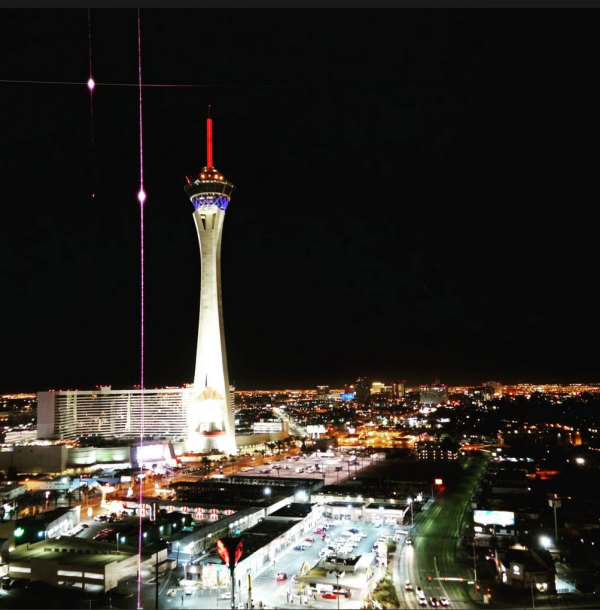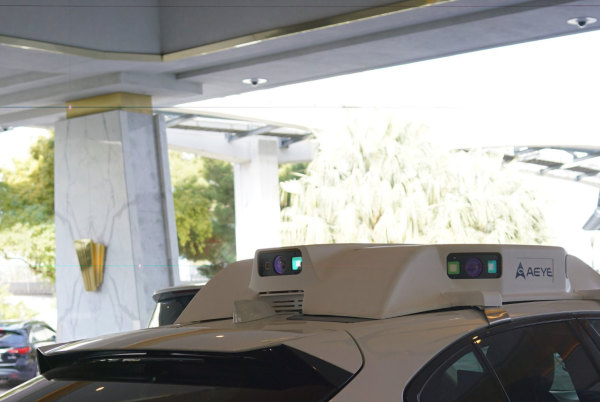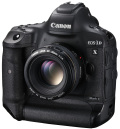[16:22 Thu,17.January 2019 by Thomas Richter] | ||||||||||||||||||||||||
A photo with his Sony A7RII of a self-propelled car exhibited at the CES 2019 had unpleasant consequences for the engineer and fan of autonomous cars Jit Ray Chowdhury: while looking through his photos As an expert, he quickly realized that the laser-based distance measurement system (LIDAR) of the self-propelled car was responsible for the sensor damage. The intense bundled energy of the laser has burned into the sensitive camera sensor (35 mm lens at f/4.0, an exposure time of 1/60 second and 100 ISO) and irrevocably damaged sensor cells. The observed image error also corresponds exactly to a typical sensor damage caused by laser, which manifests itself in entire pixel rows or columns that can no longer be read out correctly. Theoretically, not only photo cameras, but also the cameras of other autonomous cars or permanently installed cameras for traffic surveillance or security would be affected.  Photo with sensor damage The CEO of LIDAR&s manufacturer, AEye, also admits that his laser caused the damage, but says that fears that his eyes might be damaged are unfounded, as camera sensors are up to 1,000 more sensitive to lasers than human eyes. He also offered Chowdhury to replace the damaged camera. Since distance measurement is an important part of information about the vehicle&s immediate environment, the question is how many LIDAR systems from different manufacturers are affected - some use different wavelengths and distance measurement techniques than the affected AEye laser, which is particularly powerful (and potentially dangerous). Since such damage has not yet been observed, the problem may only affect AEye&s LIDARS. Manufacturers of other systems have already declared their LIDARs safe for cameras at  Photo with sensor damage On  Sony A7RII Here is an example of a camera sensor damaged by a party laser: deutsche Version dieser Seite: Laser eines selbstfahrenden Autos beschädigt Sony A7R II Sensor |
| |||||||||||||||||










